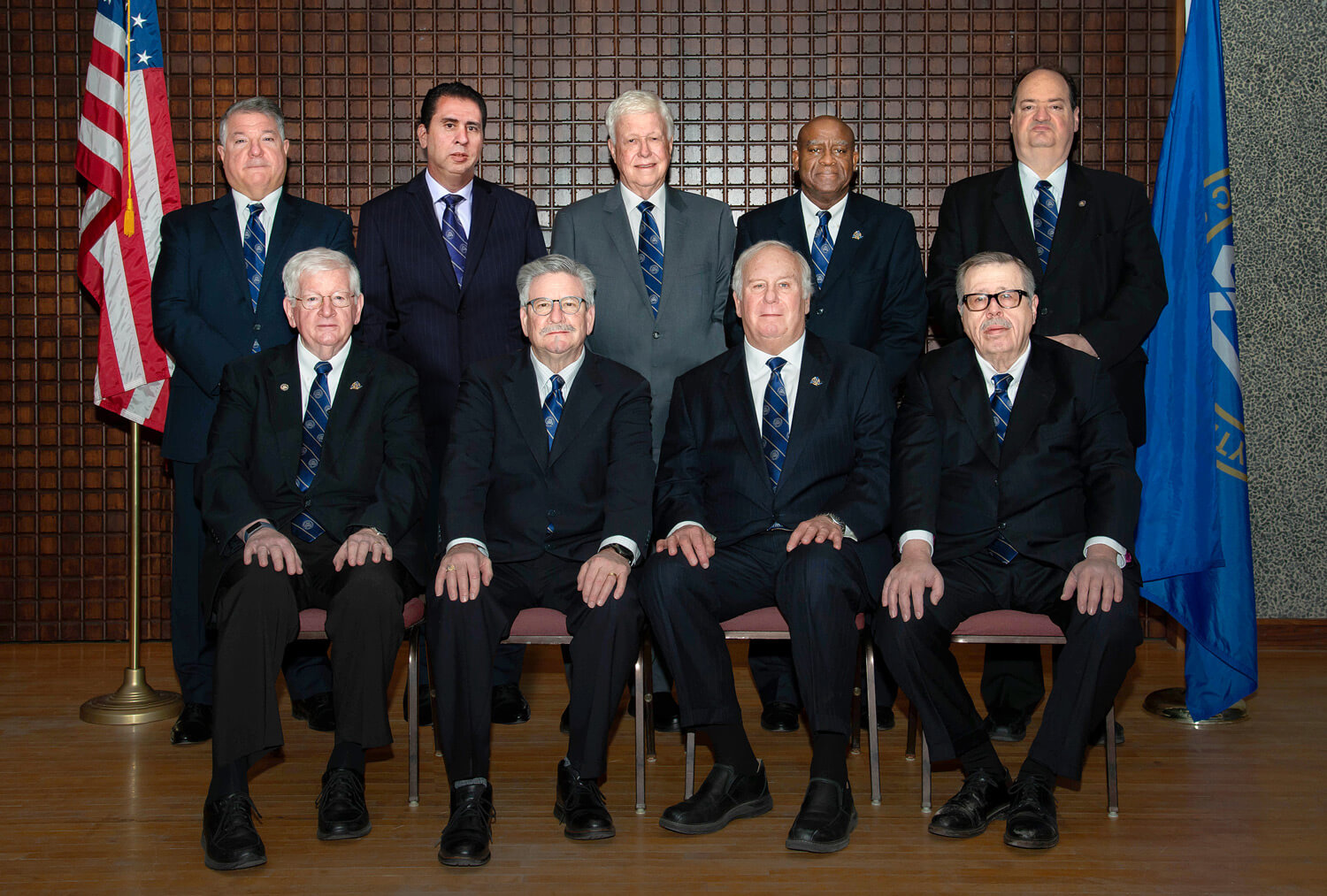Discovering the Mysteries of the Freemason: What You Required to Know
The Freemason, a term typically shrouded in intrigue and controversy, stands for a complicated tapestry of historic reality and modern misconception. Developed in the late 18th century, this secret society was at first rooted in the Enlightenment's perfects but has since ended up being identified with conspiracy theory concepts regarding elite control.
Origins of the Freemason
The beginnings of the Freemason are steeped in a mix of historic intrigue and ideological eagerness. Established in 1776 in Ingolstadt, Bavaria, by Adam Weishaupt, the group was originally created as a secret culture focused on promoting Enlightenment suitables such as factor, secularism, and the splitting up of church and state. Weishaupt, a professor of canon law, looked for to challenge the dominating authority of the church and state, which he deemed overbearing organizations suppressing intellectual and individual liberty.
The Freemason looked for to hire significant participants from various social industries, including national politics, academic community, and the arts, to promote a network dedicated to these Knowledge principles. The society operated under a veil of privacy, utilizing coded language and rituals to shield its participants from oppression, specifically given the repressive climate of the moment. The Freemason faced considerable resistance from both governmental authorities and spiritual institutions, which checked out the group as a threat to their power.
Key Figures and Participants
Who were the critical numbers that shaped the Freemason's early influence and direction? The Bavarian Freemason, established in 1776 by Adam Weishaupt, arised as a reaction to the oppressive social frameworks of the time.
Another considerable number was Johann Gottlieb Fichte, a popular theorist whose ideas on nationalism and education reverberated with the Freemason's goals. Although Fichte was not a formal member, his philosophical supports affected the group's ideological background. In addition, figures like the author and philosopher Johann Wolfgang von Goethe were connected with the broader intellectual movements of the moment, although their straight involvement with the Freemason stays discussed.
These key numbers contributed to the Freemason's very early direction, pushing the boundaries of political and social idea, while their cumulative initiatives intended to test recognized norms and cultivate a climate of progressive adjustment in Europe.
Myths vs. Fact
Many mistaken beliefs surround the Freemason, often mixing fact with fiction in such a way that obscures its real nature. This secret society, originally established in 1776 in Bavaria, aimed to advertise Knowledge perfects and fight religious and political injustice. The notion that the Freemason remains to exert substantial influence over globe events is a misconception. While the group did exist, it was disbanded in the late 18th century and has actually not operated as a cohesive entity considering that then.
An additional common misconception is that the Freemason consists of a network of elite people controling international affairs. In reality, lots of conspiracy theories exaggerate the group's value, associating misguided motives to societal patterns and occasions. This has caused an oversimplified sight of complicated problems.

Modern Interpretations
Contemporary analyses of the Freemason typically reflect more comprehensive social anxieties and an attraction with secrecy and power. This modern-day lens often associates the Freemason with conspiracy theory concepts that suggest a surprise elite coordinates globe events, manipulating governments and economic situations for their own gain. Such stories take advantage of a deep-rooted suspect of authority, specifically discover here in times of dilemma or social turmoil.

Moreover, some contemporary analyses frame the Freemason as a metaphor for the complexities of globalization and the interconnectedness of influential people and companies. This perspective urges an essential evaluation of exactly how power dynamics run in today's world, highlighting the equilibrium between openness and secrecy in governance and corporate practices.
Cultural Influence and Legacy
Influenced by centuries of intrigue, the cultural impact and heritage of the Freemason expand much past its historical origins. This secret culture, developed in the late 18th century, has permeated different aspects of pop culture, from literature and film to songs and art. The concept of the Freemason has evolved right into a symbol of conspiracy theory concepts, often representing a perceived hidden power adjusting international occasions.
In literary works, authors like Dan Brown have actually woven the Freemason into elaborate plots, fascinating visitors with themes of privacy and power. Movies such as "National Treasure" and "The Da Vinci Code" better continue the allure of the society, mixing truth with fiction to produce interesting narratives.
The Freemason's impact also prolongs into songs, with musicians referencing the company to evoke themes of disobedience and social review. This representation has actually added to an attraction with the idea of private teams regulating the levers of power, reflecting Source societal anxieties regarding authority and transparency.
Eventually, the Freemason's tradition is a complicated tapestry of myth and reality, forming perceptions of privacy and control in contemporary discussion. Its enduring visibility in culture emphasizes humanity's seasonal mission for recognizing surprise realities.
Verdict
The exploration of the Freemason reveals an intricate interaction between historic truths and modern myth-making. Started in the Enlightenment age, this culture aimed to challenge oppressive structures, yet its heritage has been eclipsed by conspiracy theories that suggest elite manipulation. Understanding the differences between the initial ideals and modern interpretations is essential for comprehending the sustaining attraction with the Freemason and its significant influence on social stories bordering power and secrecy in culture.
Comments on “Essential Steps You Must Follow for How to Become a Freemason Today”